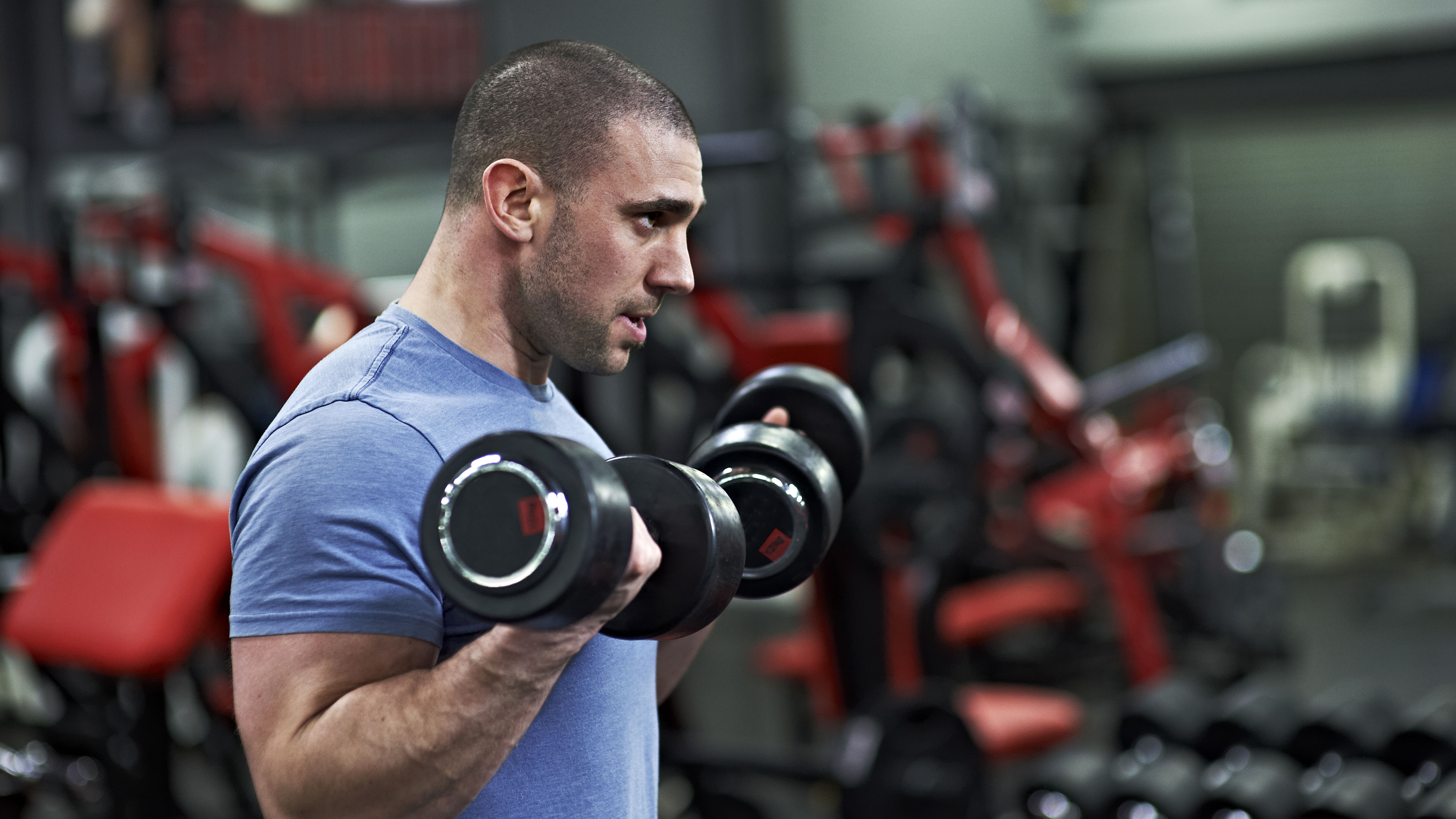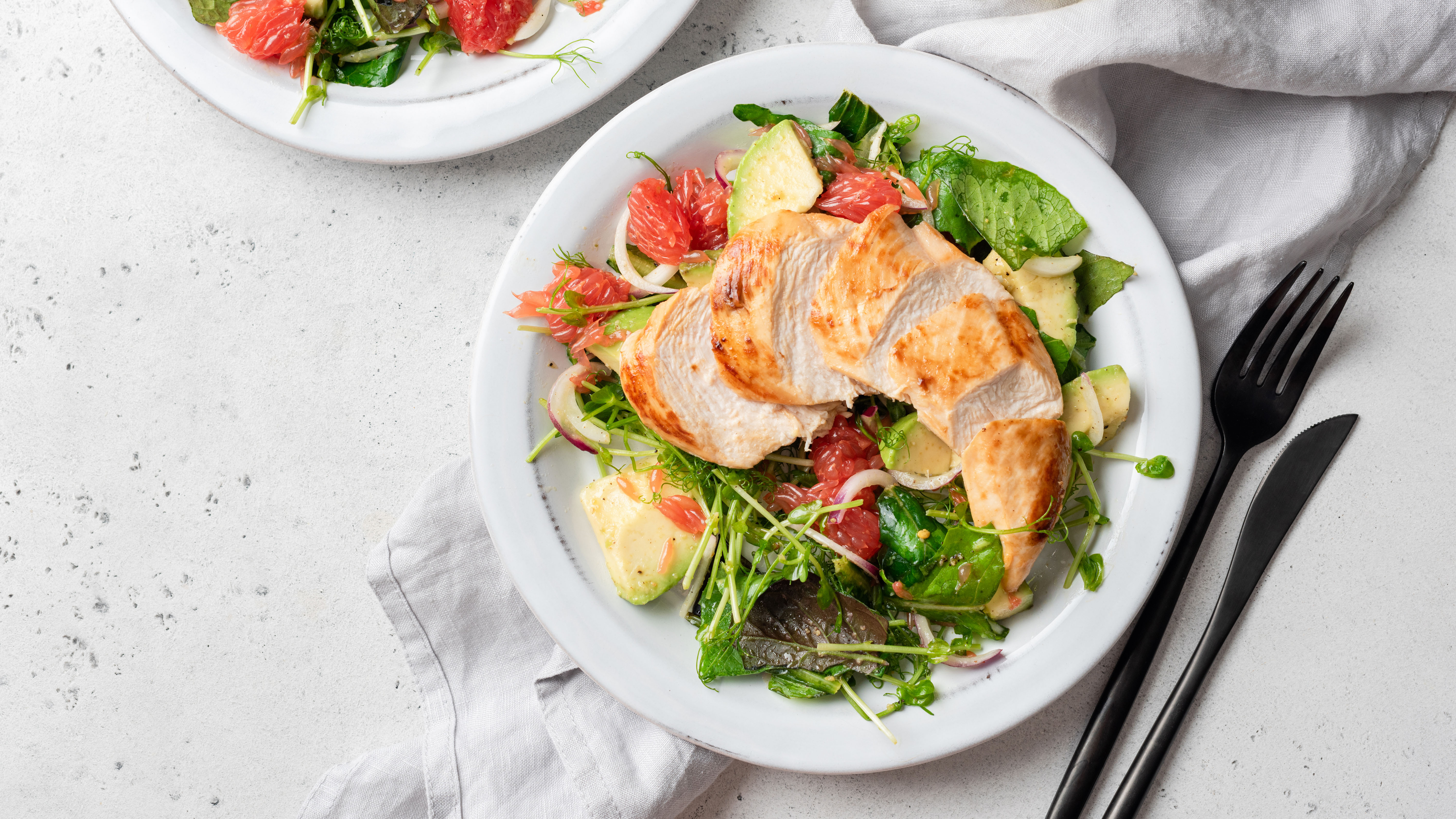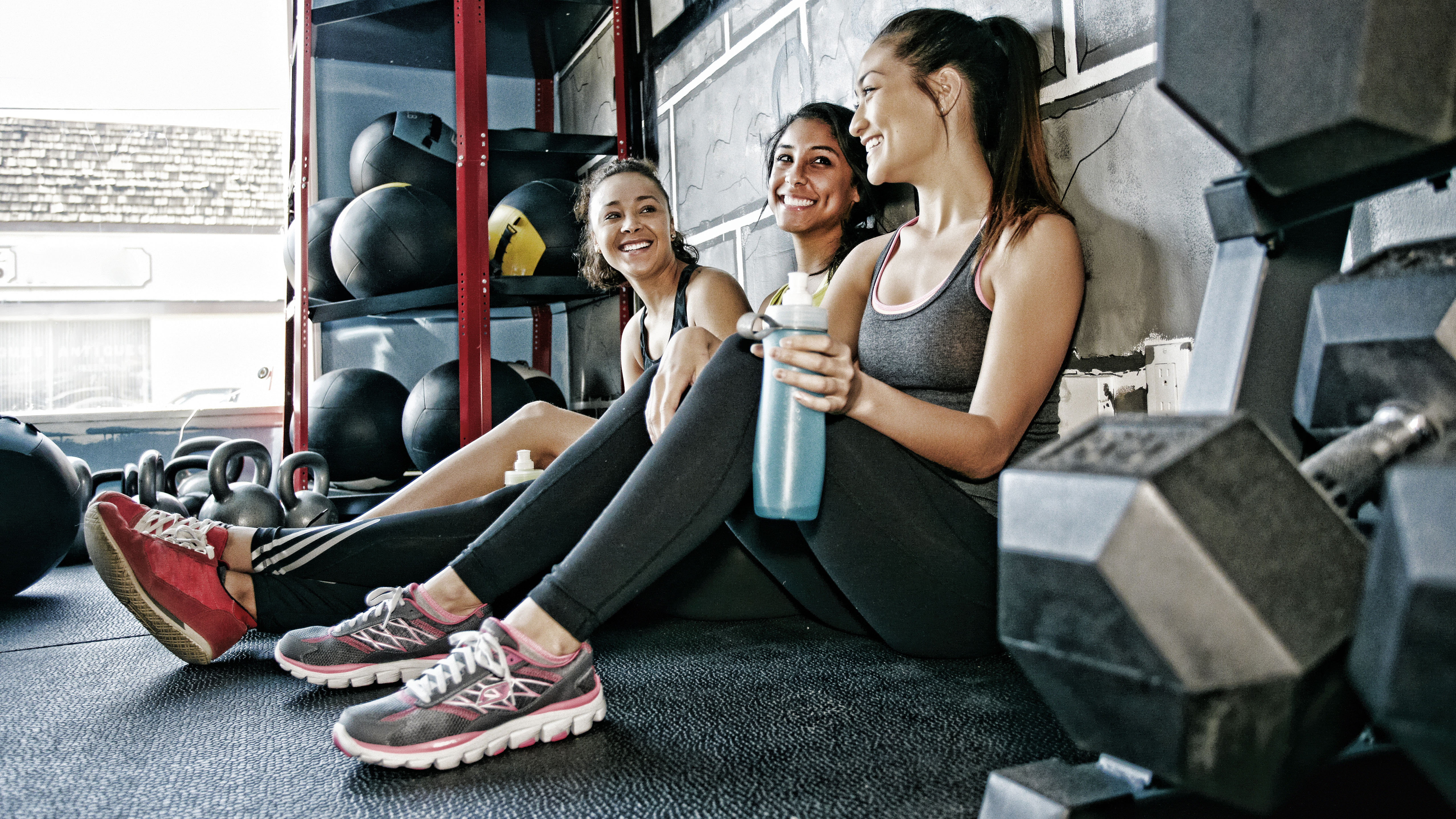How to lose fat and gain muscle
Losing fat and gaining muscle at the same time is possible – here’s how

If learning how to lose fat and gain muscle were easy, everyone would do it. Unfortunately, it’s not a straightforward concept, with the methods used to achieve either objective often working at odds with one another.
In the simplest of terms; muscle gain usually requires a calorie surplus where you’re consuming more calories than you’re burning each day, leaving your body with excess resources (protein, in particular) for building new muscle. Whereas, fat loss calls for a calorie deficit where you burn more calories in a day than you consume.
So, no matter how often you’re pumping iron with the best adjustable dumbbells, or how stringently you’re sticking to a sustainable calorie deficit, achieving both muscle gain and fat loss simultaneously may still be out of reach.
There are, however, ways you can strategically structure your exercise methods and eating habits to achieve this, alongside learning about your muscle fiber types. To discover the circumstances under which losing fat and gaining muscle can be achieved in tandem, we turned to registered dietitian, and obesity and nutrition specialist, Edibel Quintero MD for answers.

Edibel Quintero is a medical doctor who graduated in 2013 from the University of Zulia and has been working in her profession since then. She specializes in obesity and nutrition, physical rehabilitation, sports massage and post-operative rehabilitation.
Can you lose fat and gain muscle at the same time?
“Despite what most people believe, it is possible to lose weight and gain muscle mass simultaneously,” Quintero told Live Science.
“Such a process is called body recomposition. In this case, the focus is not on the numbers on the scale (weight loss) but on the muscle-to-fat ratio, which is the best indicator of overall health and fitness.”
A 2020 article in the Strength and Conditioning Journal – analyzing past studies on whether trained individuals can build muscle and lose fat at the same time – supports Quintero’s statements.
It concludes: “The literature provided supports that trained individuals can also experience body recomposition... Resistance training coupled with dietary strategies has been shown to augment this phenomenon.”
It does, however, add that an “individuals’ training status, the exercise interventions, and their baseline body composition can influence the magnitude of muscle gained and fat lost”
If you're curious how your hormones can impact weight changes, we've investigated do testosterone supplements really work.

In other words, your existing body fat percentage, muscle mass, and you previous training experience may impact the extent of the success of body recomposition.
The study adds: “In addition, there seems to be confounding non-training/nutrition variables such as sleep, hormones, and metabolism that can significantly influence these adaptations.”
Is it difficult to lose fat and gain muscle?
While losing fat and gaining muscle simultaneously is possible, it’s not an easy or speedy process.
“Trying to recompose your body can be a tough challenge because it's not just a diet, it's a lifestyle,” warns Quintero. “It takes patience, a lot of determination, effort, and a lot of planning to get good results, which definitely takes time.
“For example, if you want to recompose your body successfully, you need not only learn how to count calories but also to strategically arrange them according to your physical activities.”
If you need help in this department, our feature on how to track your macros is a great place to start.
How to lose fat and gain muscle
A study published in the Strength and Conditioning Journal - exploring simultaneous fat loss and muscle gain – shows there is not one single method to accomplish this, but instead a “highly heterogeneous set of designs, methods and outcomes”. Or, in other words, there are a diverse range of ways to achieve it.
However, by breaking down existing literature into the topic, the 2020 study mentioned in the previous section identifies a number of actions consistently shown to support the body recomposition process.

Start weight training
Firstly, it advises implementing a progressive resistance or weight training regime with at least three sessions each week. The progressive element of this is pivotal to muscle growth, as by utilizing the principle of progressive overload your body will make adaptations to allow it to handle increased strain – in this case, increasing the size and strength of worked muscles.
These changes won’t be possible without the proper fuel, though. That’s why the study’s second piece of advice is to consume an adequate amount of protein – a macronutrient essential to building muscle mass that is commonly found in animal products as well as plant-based sources such as nuts and legumes.
Get enough protein
A 2013 systematic review of research into dietary protein during caloric restriction in resistance trained lean athletes, published in the International Journal of Sport Nutrition and Exercise Metabolism, says: “Protein needs for energy-restricted resistance-trained athletes (like those training for body recomposition) are likely 2.3-3.1g/kg of fat free mass, scaled upwards with severity of caloric restriction and leanness.”

Or, in simpler terms, athletes that are lifting weights while on a calorie deficit will need to eat between 2.3g and 3.1g of protein per kilogram of fat free mass to support body recomposition. Fat free mass can be calculated by dividing your bodyweight by 100 then multiplying this figure by 100 minus your body fat percentage – an approximate body fat percentage can be measured using a set of skinfold calipers.
Using protein supplements such as the best protein powders is another efficient way to “increase daily dietary protein intake…(and) maximize muscle protein synthesis”.
Make sure you're resting
The 2020 body recomposition study also states: “Tracking rate of progress, and paying attention to performance and recovery, can be important tools to appropriately adjust training over time.
“...Prioritizing sleep quality and quantity may be an additional variable that can significantly impact changes in performance, recovery, and body composition.”
Quintero reinforced this advice. “It is necessary to strategically plan the number of calories consumed per day,” she says. “Including cardio and strength training in your routine is also crucial. Finally, as with any healthy lifestyle, quality sleep and a healthy and balanced diet, from which calories are obtained are important.”

Track you calorie intake and output
She also provided further insight into how to structure your diet and calorie intake depending on your daily activity levels to optimize body recomposition.
Quintero said: “First, you need to figure out how many calories you need on a typical day when you don't exercise (ie, your basal metabolic rate) – let's call these calories a base.
“When you do cardio, you need to add a little more to the above base calorie count so that the body can use it and fat for fuel but not take energy from the muscles.
“On days you strength train for 30 minutes or longer, eat more calories and focus on protein - it will give you the energy to exercise and build muscles without gaining weight.
“Finally, on days when you don't exercise, consume up to 10% fewer calories than base ones.”
Sign up for the Live Science daily newsletter now
Get the world’s most fascinating discoveries delivered straight to your inbox.

Harry Bullmore is a fitness writer covering everything from reviews to features for LiveScience, T3, TechRadar, Fit&Well and more. So, whether you’re looking for a new fitness tracker or wondering how to shave seconds off your 5K PB, chances are he’s written something to help you improve your training.
When not writing, he’s most likely to be found experimenting with a wide variety of training methods in his home gym or trying to exhaust his ever-energetic puppy.
Prior to joining Future, Harry wrote health and fitness product reviews for publications including Men’s Health, Women’s Health and Runner’s World. Before this, he spent three years as a news reporter with work in more than 70 national and regional newspapers.










